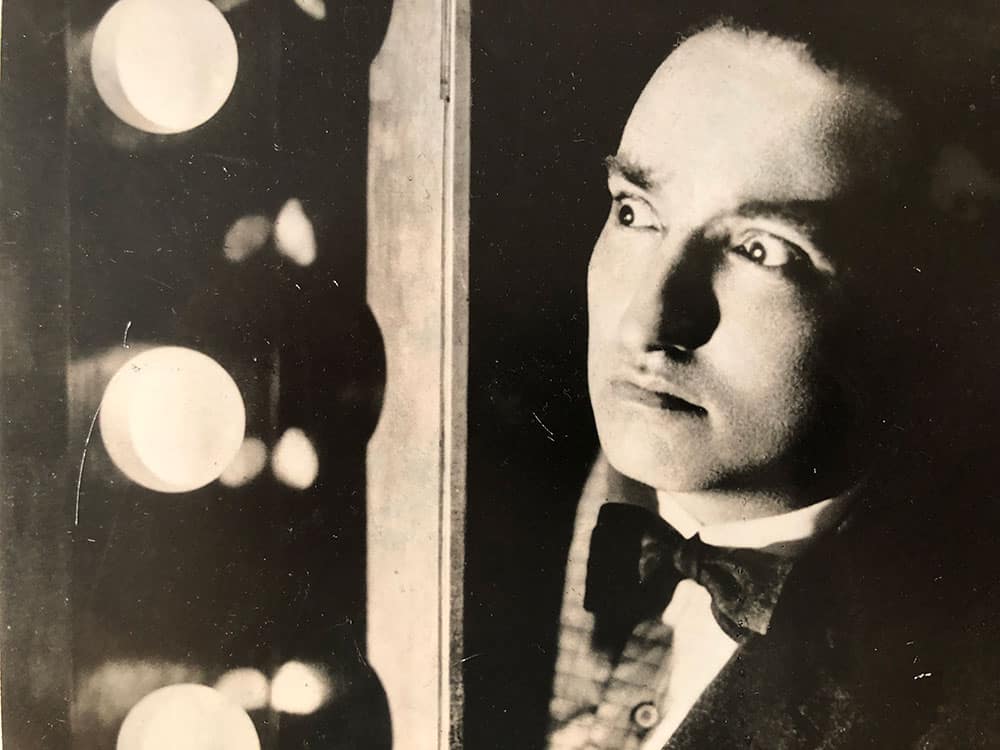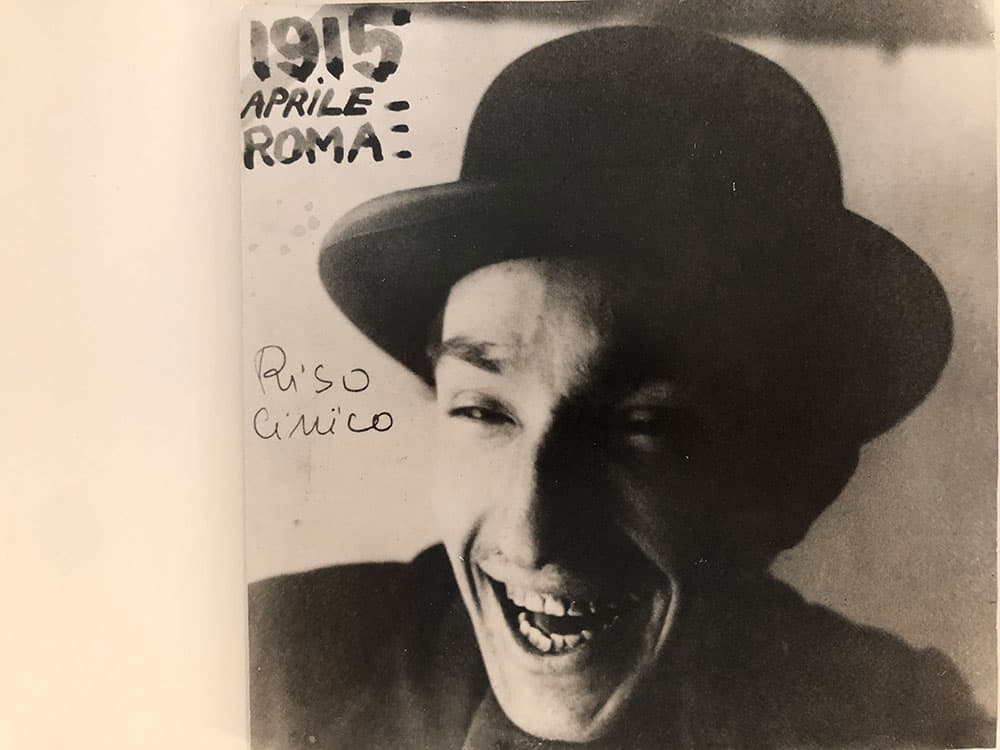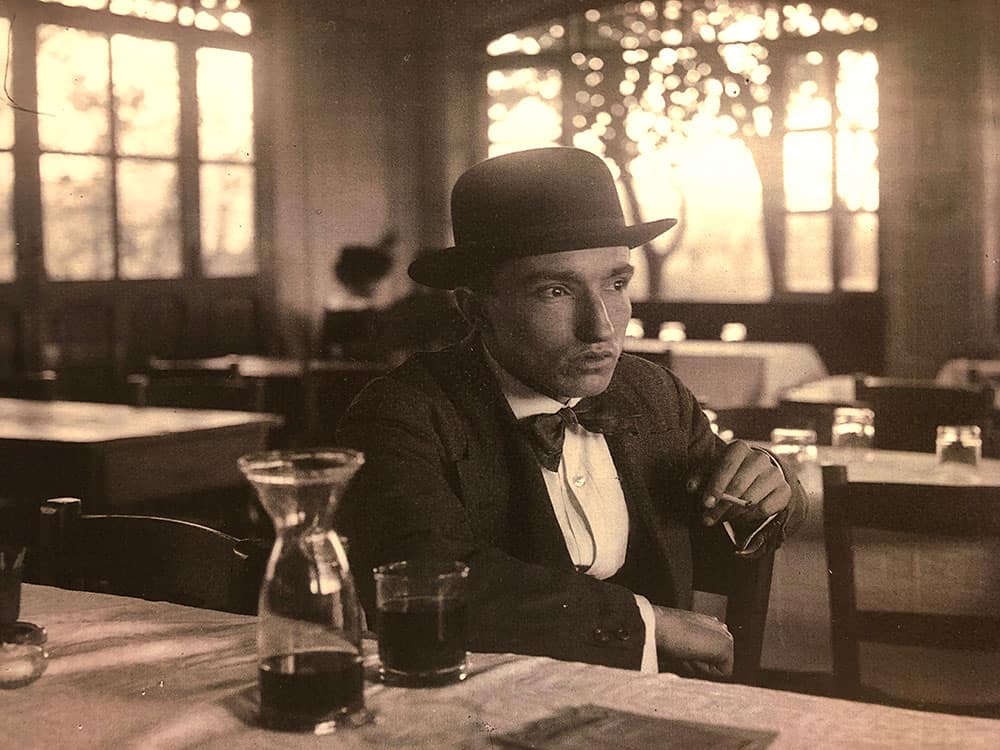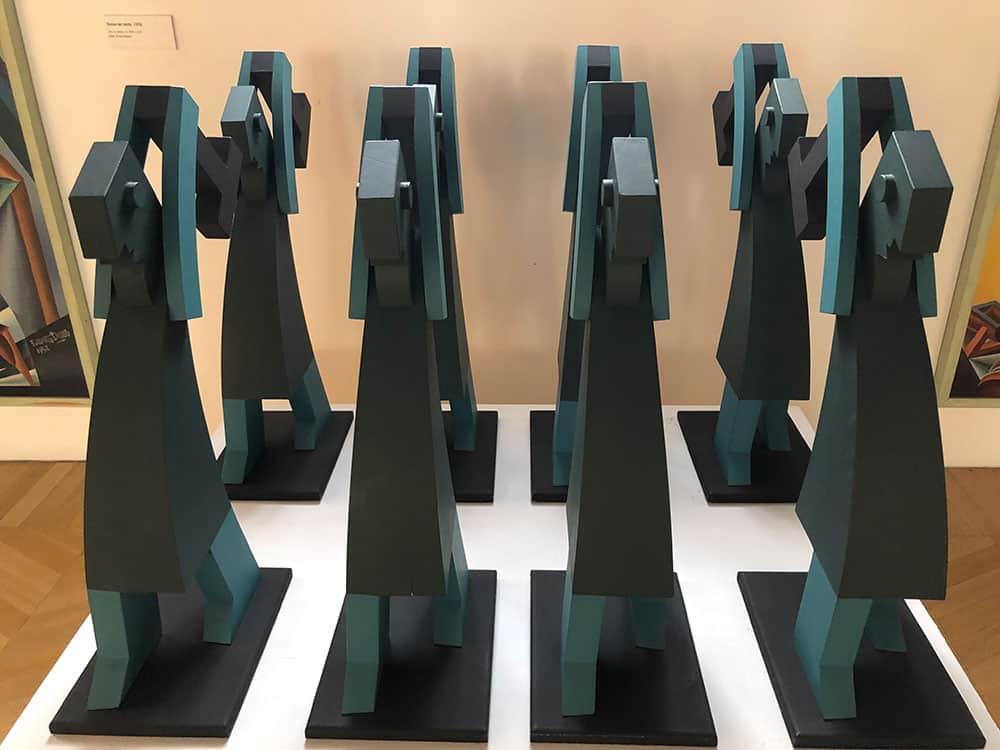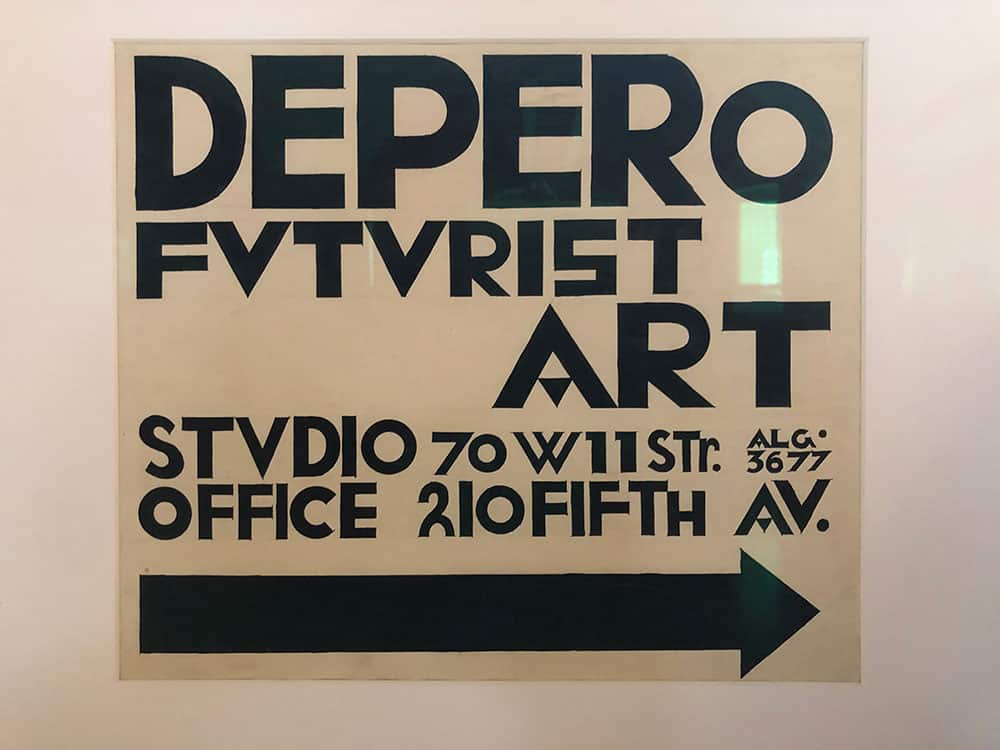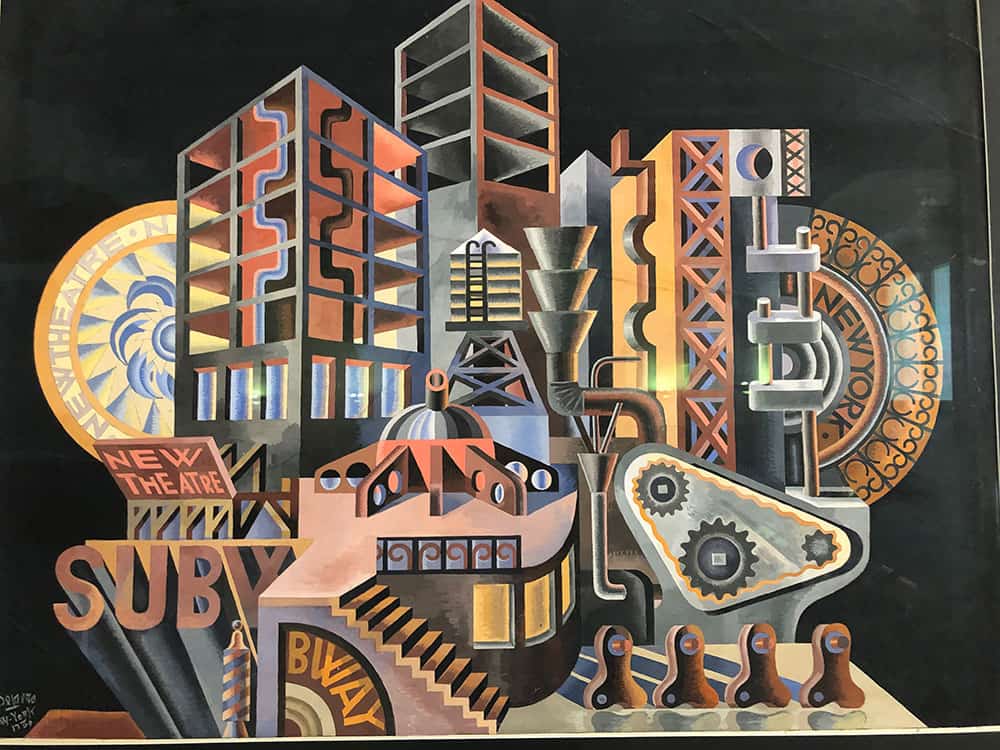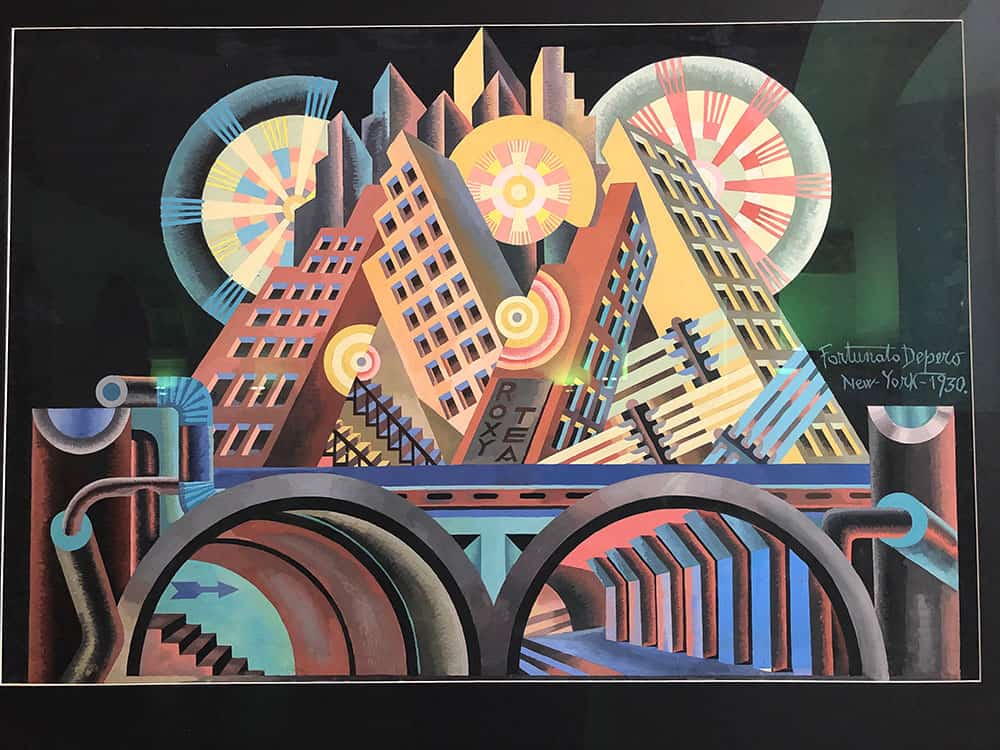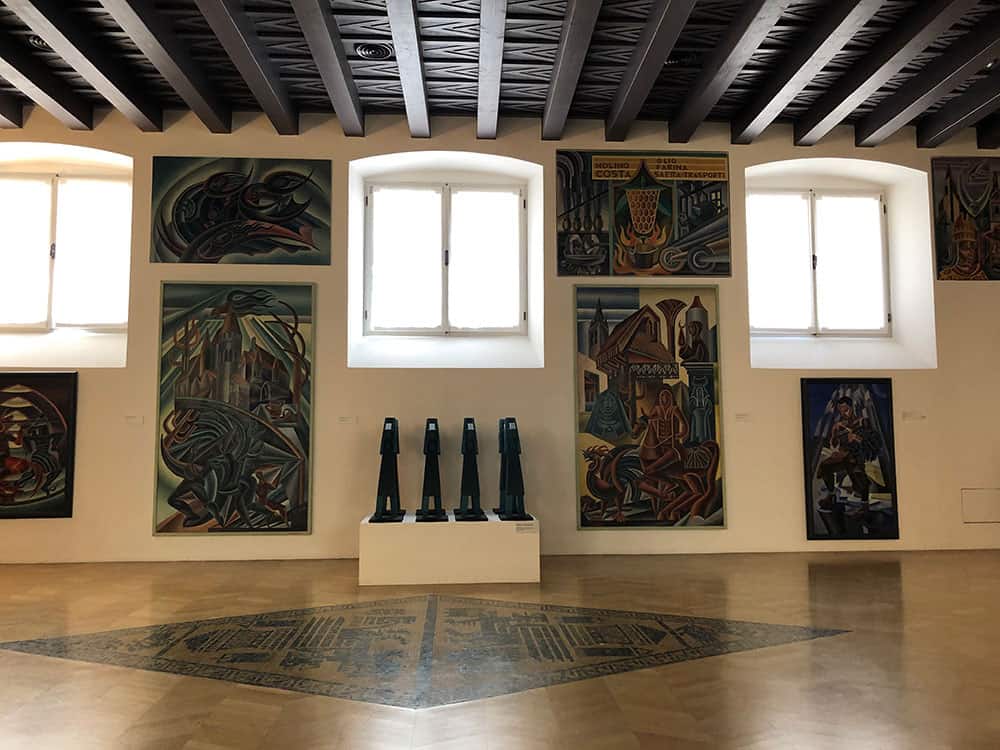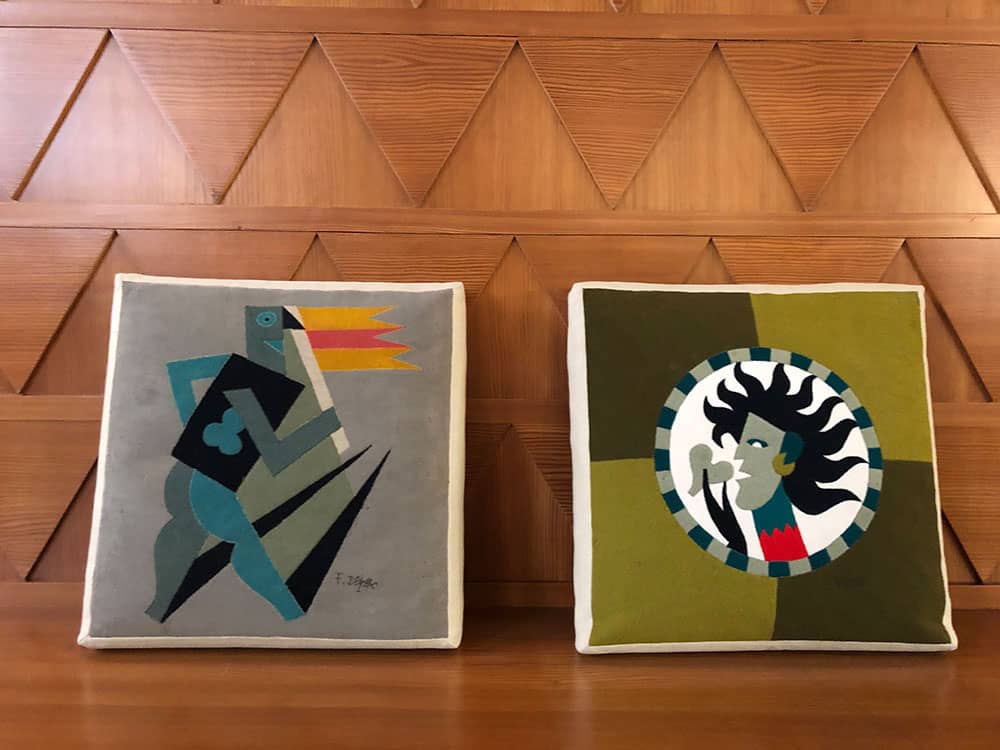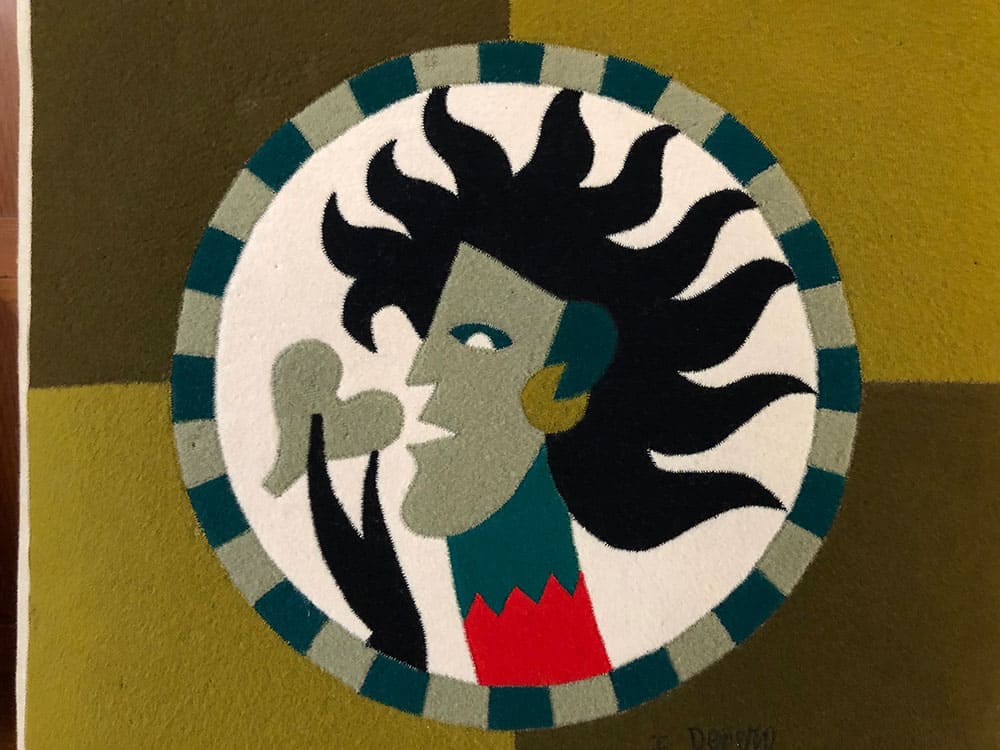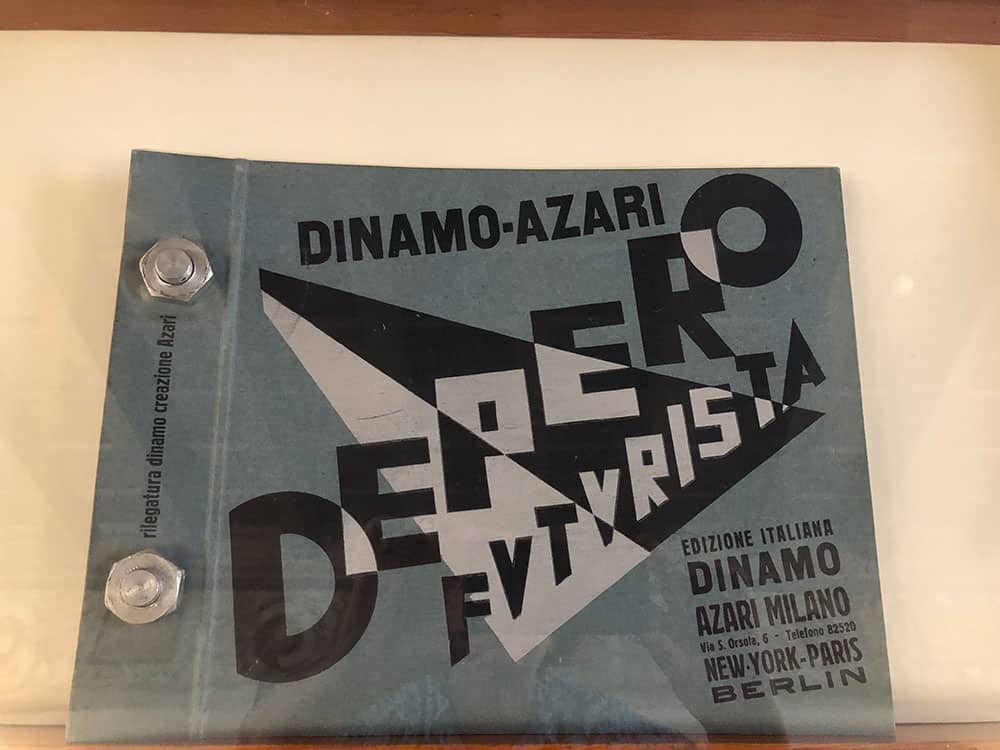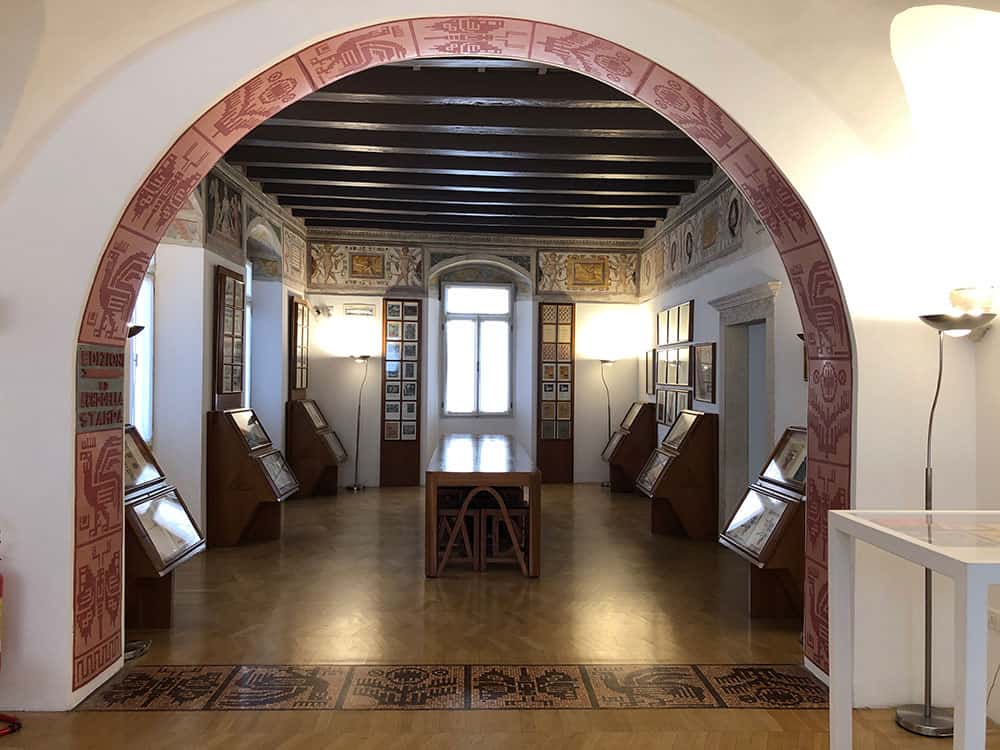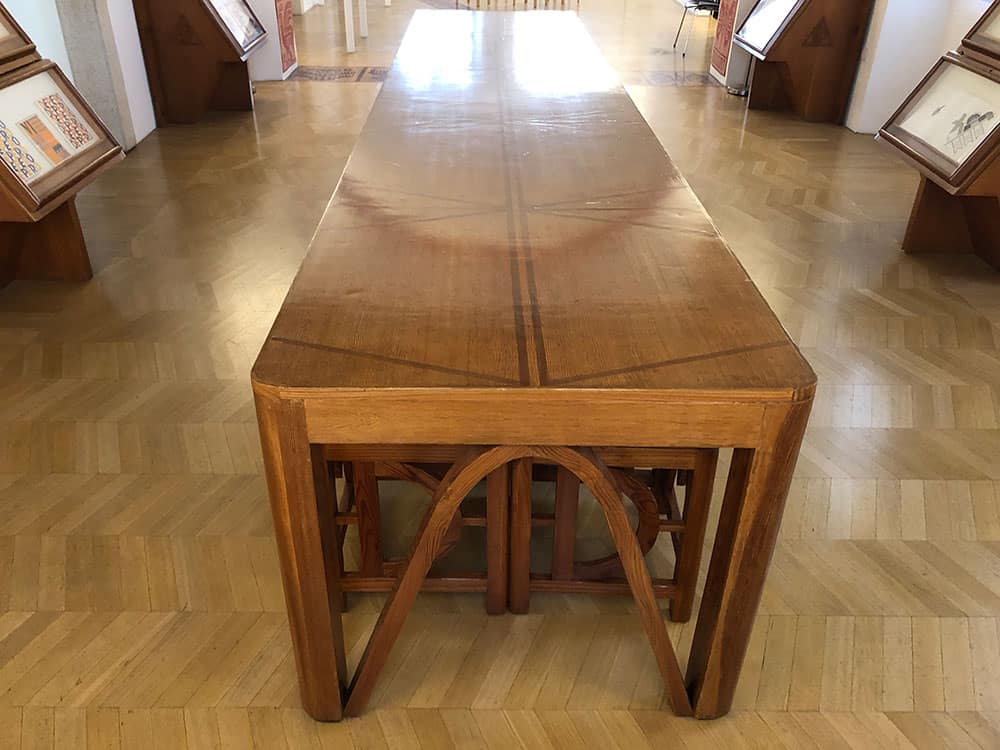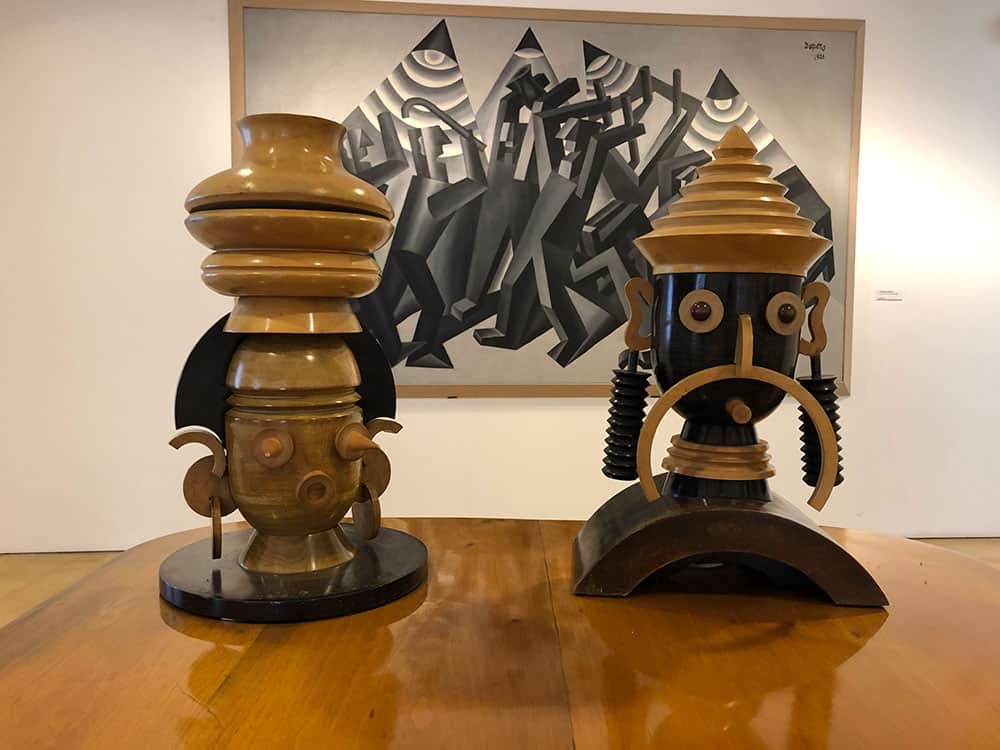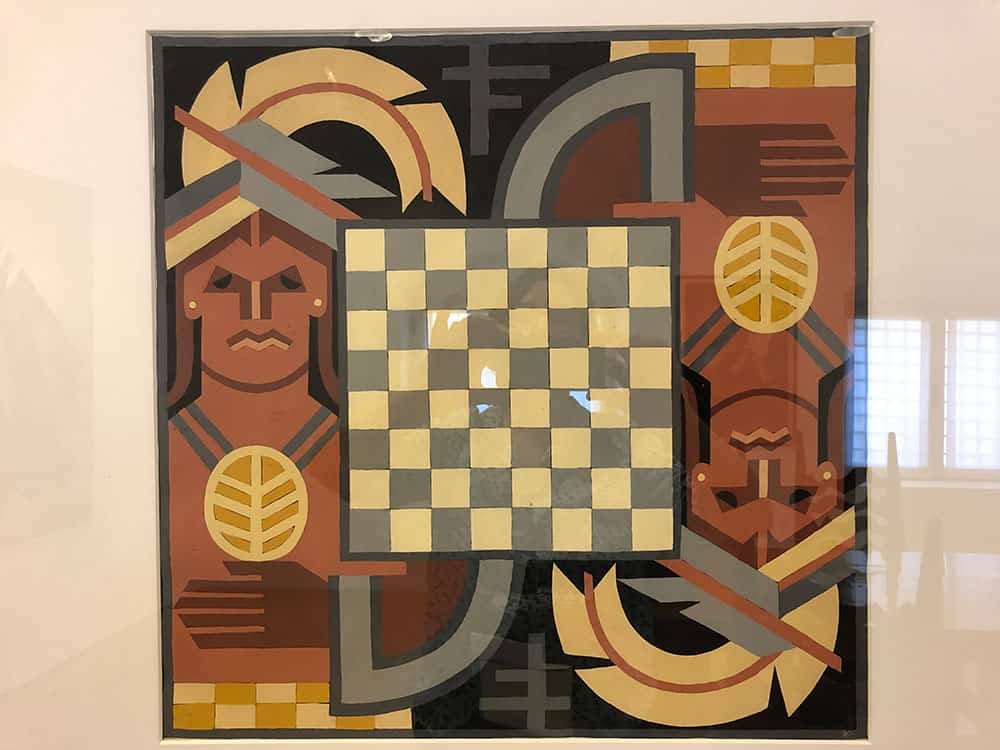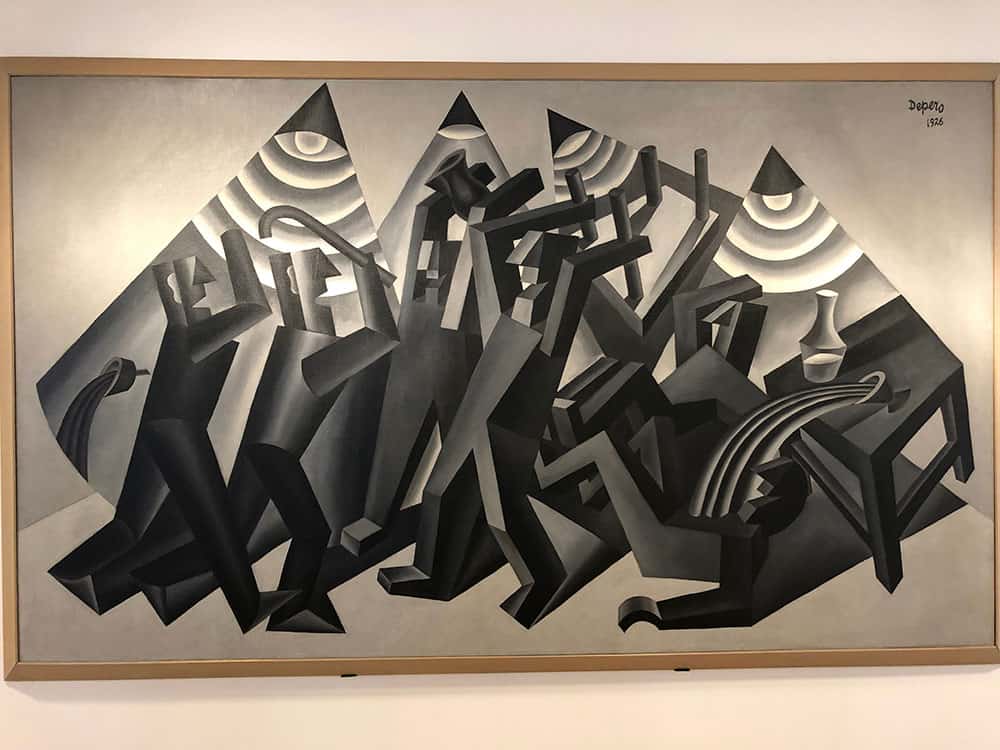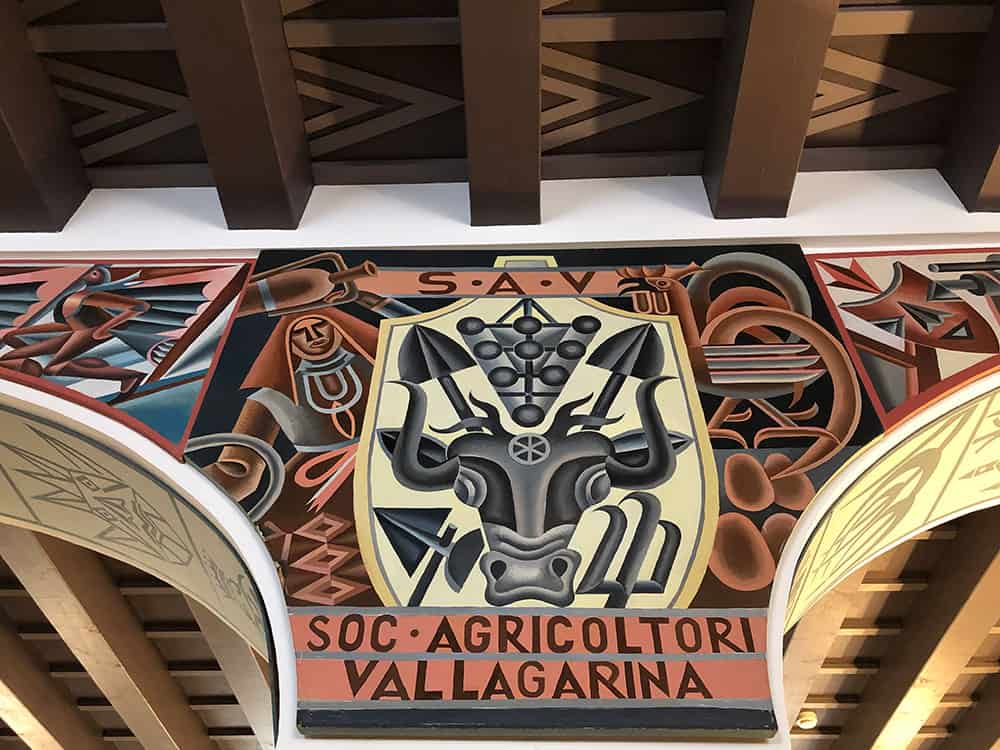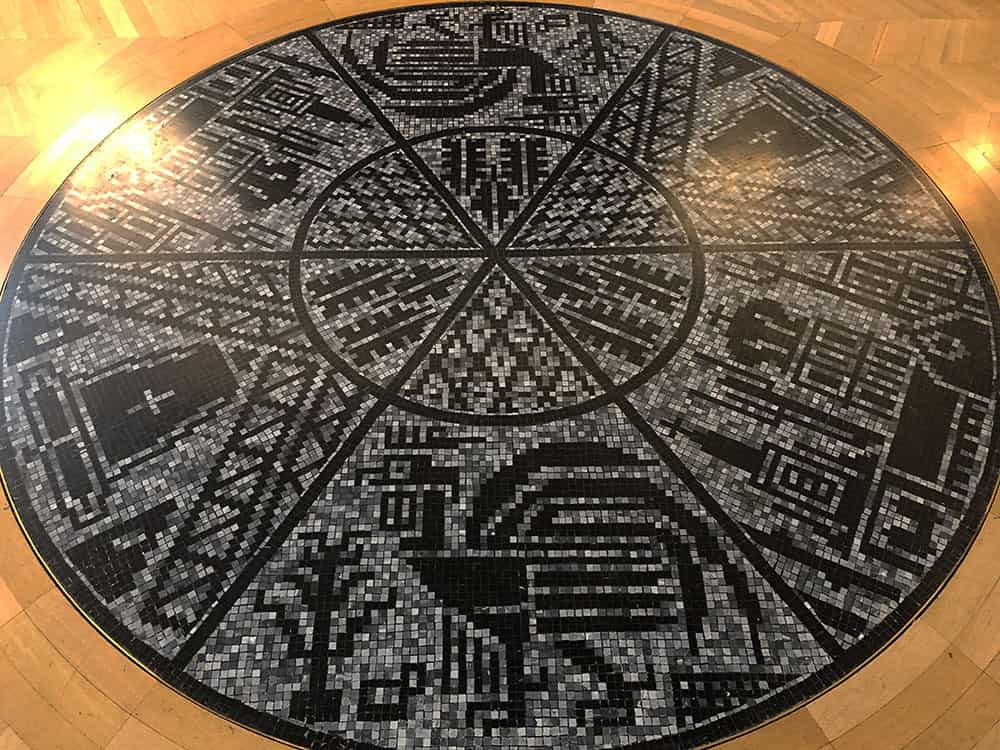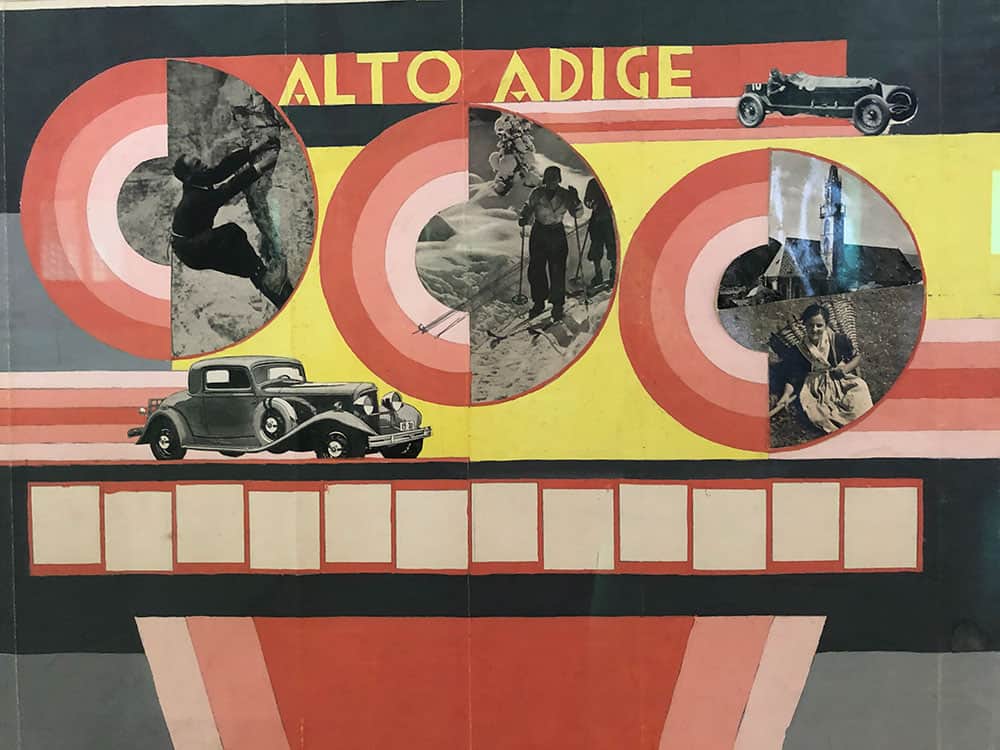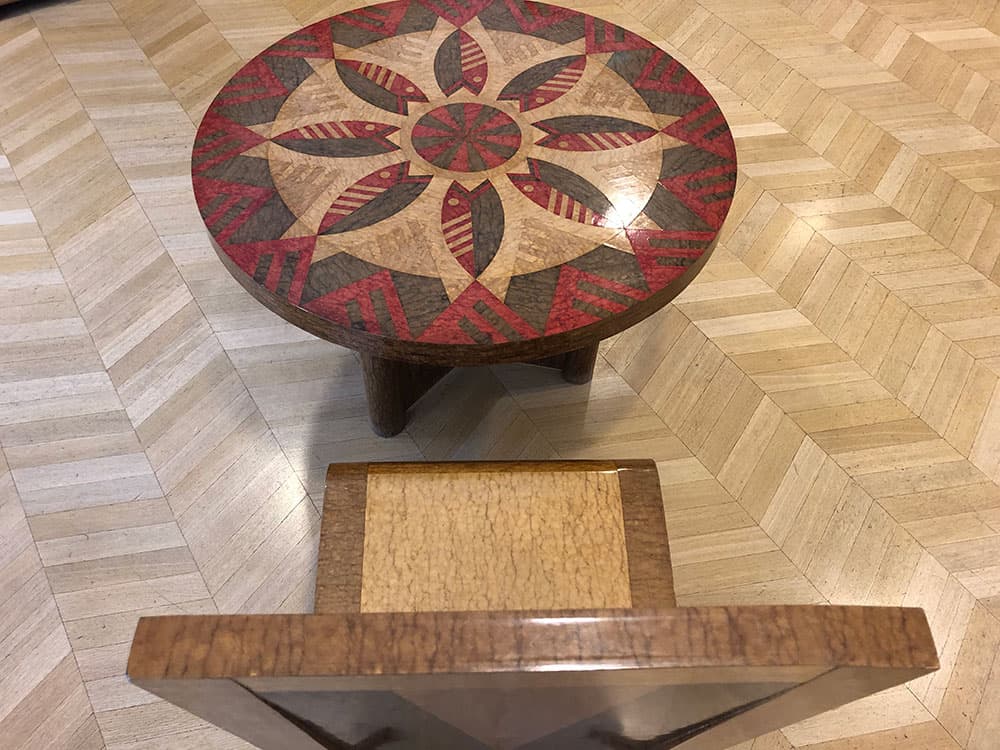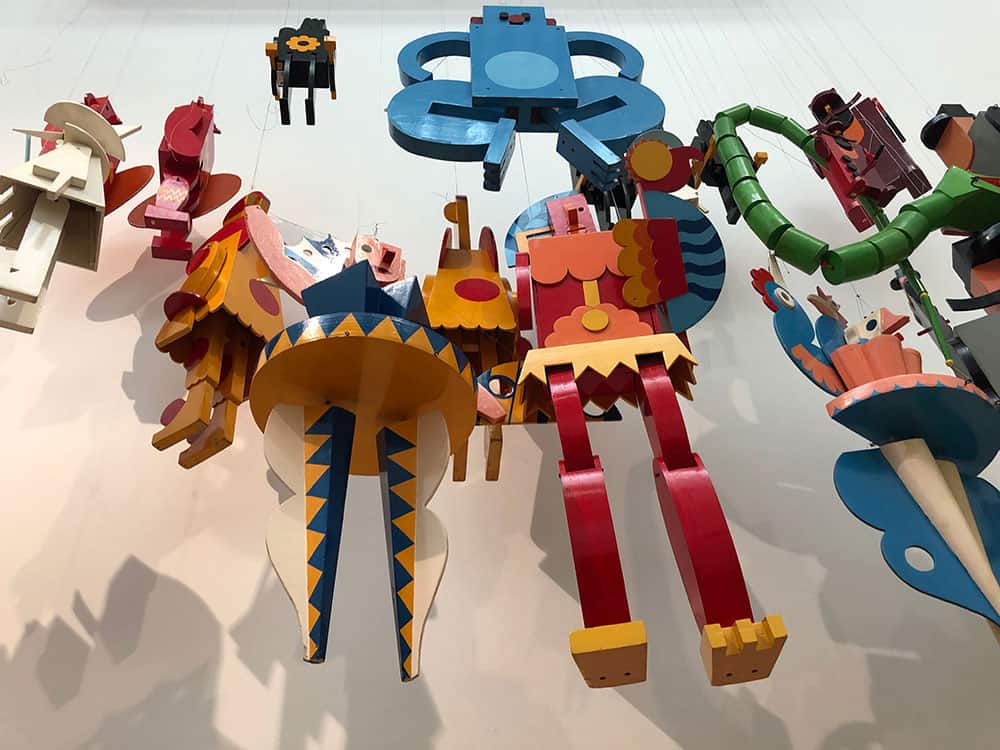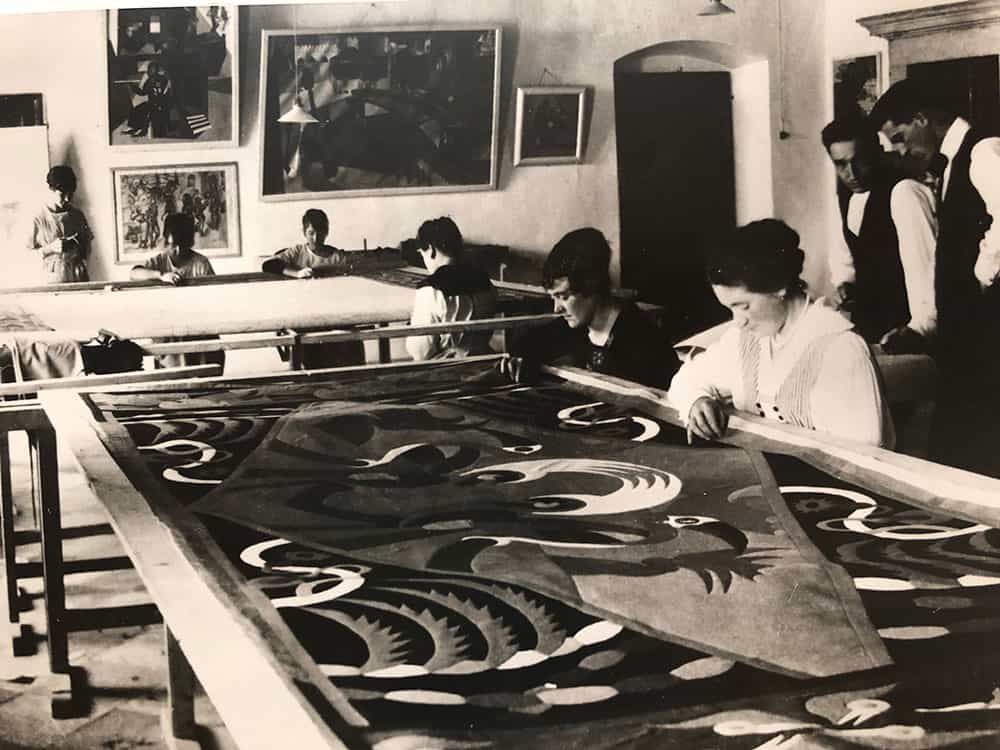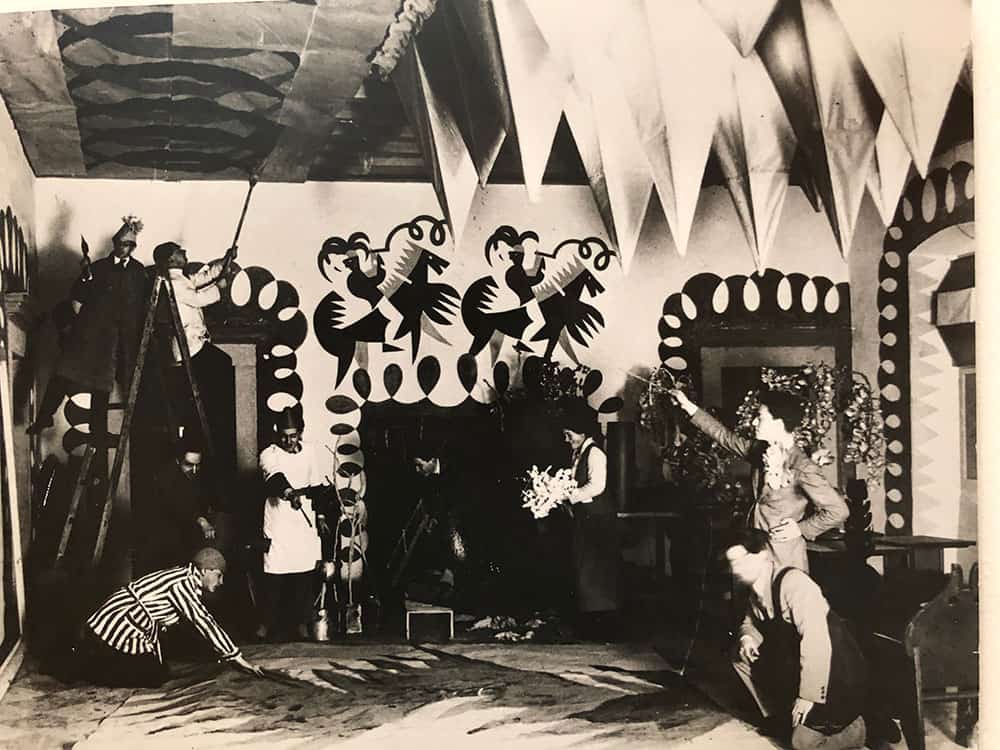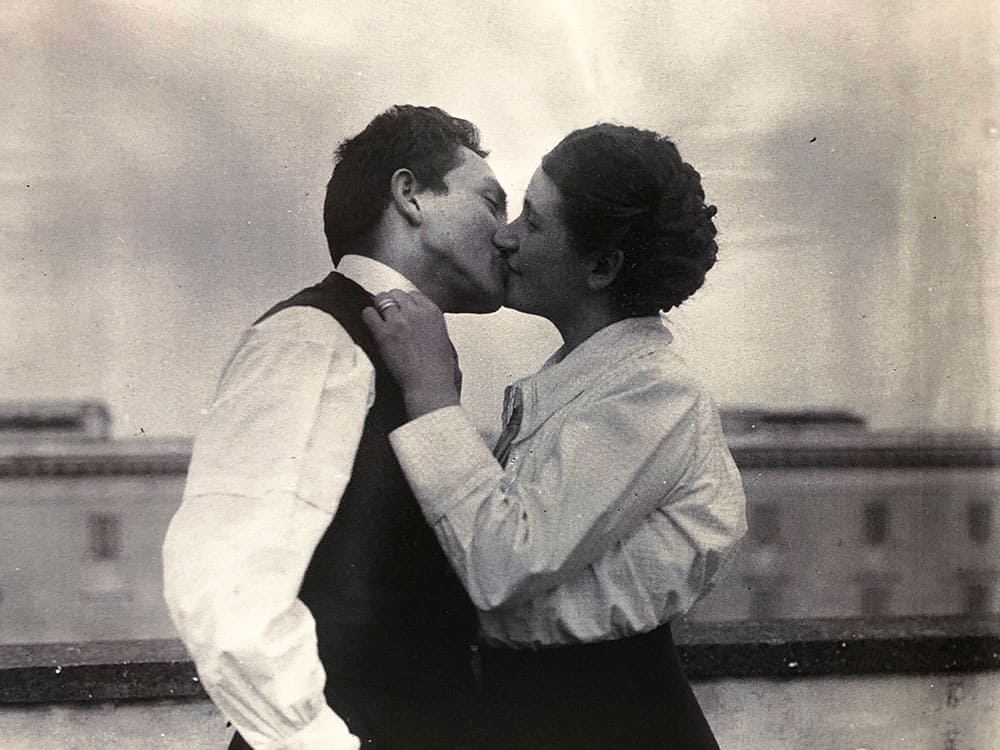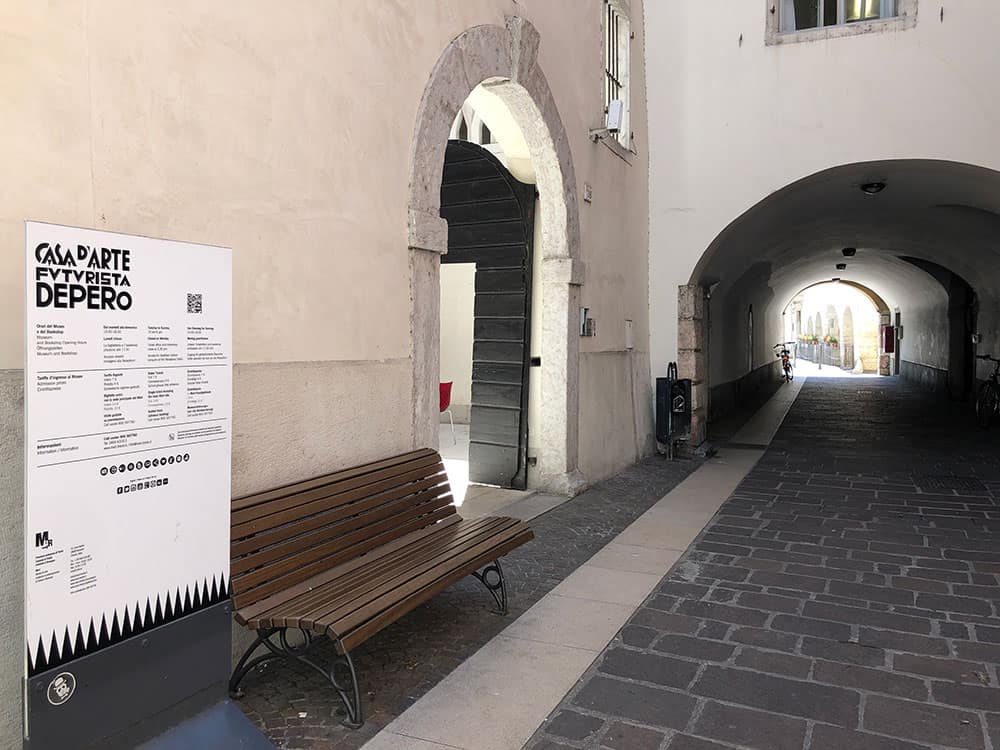Sometimes, in our daily gestures, we do not realize that in total unconsciousness, we use small pieces of history. The 20th century with the aesthetic revolution imposed by industrial design and the intrinsic idea of accessible and widespread beauty, accustomed us to using objects that in reality represents the enormous change occurred in the last century.
When we sit at a bar and order a Camparisoda the waiter, along with the common and appreciated drink, brings us an object of great historical significance: the truncated cone bottle designed by Fortunato Depero.
Camparisoda was born in 1932. Its unmistakable bottle is still today an icon of the Italian aperitif. The first link with art and creativity dates back to 1932 when Davide Campari asked Fortunato Depero to design the bottle for the first single-serve aperitif.
During the weekend we spent with Traverse19 in Trento, Casachiesi took the opportunity to visit Depero Futurist Art House, the only museum founded by a futurist – Depero himself, in 1957 in Rovereto.
The futurist legacy, very important for the history of Italian art since perhaps it represents the only original historical avant-garde movement born in our country, was often submerged because it was identified with fascism but even despite its gloomy origin, overflows with life even today, as we have seen, in our daily common life.
Fortunato Depero was born in Fondo in the province of Trento in 1892. Very soon he moved with his family to Rovereto and spent his early youth there.
In 1913 he moved to Rome with Rosetta Amadori, a companion who will be at his side throughout his life. There he soon met Balla and Marinetti and in 1915 he signed the Futurist Reconstruction Manifesto of the Universe with Giacomo Balla.During those years he worked for Sergeij Diaghilev (director of the Russian Ballets) creating the sets for the ballet “Le chant di Rossignol” by Igor Stravinsky. During the same period he met Cocteau, Picasso, Clavel among others.
In 1919 the artist went back, along with his wife, to Rovereto where he inaugurated the “House of Futurist Art Depero“, a sort of workshop for the production of cloth inlays, collages and applied art objects.
In 1923 he participated in the “I International Exhibition of Decorative Art” of Monza.
The fundamental concept of Futurism was to transform society, overthrow the ethical stagnation of academies, invent a new language, a new aesthetic, new way of living. Excited by the incredible technological transformations of their time, Futurist artists hated the past, the tradition, the nostalgia, the moldy culture and all the romantic reminiscences of the nineteenth century.
Marinetti writes: “Those who lived near Depero, in his House of Art in Rovereto, following his inspired exuberant, often frenetic gesticulation, the picturesque shots of his muscular and slender body, all pulsating with enthusiasm, will find the qualifier of a true magician, with which I characterize it.
If the Impressionists artist had the idea of dissolving matter in light, the Futurists still sow in this movement an indecisive and nebulous character which they wanted to replace with a massive and solid vision of reality.
In their vision, they tended to create definite shapes, without grazes, lights and solidified shadows, such as to immediately suggest wooden or metal, heavy construction, physically strong and present.
The visual references are those of aviation, of roaring engines, cars, progress, electricity, the city and its unrestrainable speed: in a word, modernity.
In these years of aggressive optimism, they created the new plastic values that characterize the whole aesthetics of the 20th century.
In 1927 Depero published Depero-Dinamo Azari, the famous Bolted Book, the first example of a futurist book.
Depero Futurista (the official name of the bolted book) is one of the first modern artist books and a milestone in the history of graphic design which had the dual function of documenting his work at the height of his success in Italy and promoting the Depero brand in New York, where the artist would move to in 1928.
With the bolted book Depero demonstrated that he succeeded in putting into practice the ideas he had expressed with Balla in the 1915 manifesto Futurist Reconstruction of the Universe: a total art that involves every aspect of life. In fact, the book reproduces not only painting and sculpture but also its tapestries, vests, toys, billboards, cushions, architecture and more.
The book itself unites the mechanic with the fantastic, the aggressive with the playful, which is a bit the Depero via towards Futurism: a punch in the stomach with a smile on its face. Depero called it a “dangerous object” and wanted to remember that, inserted between the shelves of a bookcase, it damages the other volumes with its metallic protuberances. At the same time, being bound with screws and bolts, it reminds of Depero’s robotic toys.
In 1928 he left for New York with his wife Rosetta attracted by what, according to the Futurists, represented the icon of transformation, the modern city, which always recreates itself overtaking the burden of its own history.
In New York Depero held some exhibitions in private galleries, but above all, he worked as an interior designer, set designer, and costume designer, an advertiser and illustrator. But the Great Depression broke the dream and in 1930 he was forced to return in Italy.
Depero’s life was adventurous and above all, as we mentioned, his collusion with Fascism made his professional life difficult after the end of World War II. Nevertheless, the value of his work and his contribution to the visual arts has been widely acknowledged and we fully share the effort made by the city of Rovereto to dedicate a suitable museum to his work that displays over 3.000 pieces left by Depero himself for this purpose.
Fortunato Depero has been a great advertiser and he has contributed enormously to the success of the companies he worked for: he practically anticipated the relationship between industries and creative work by decades. The museum gives the visitor the opportunity to completely immerse in the vision of existence promulgated by the artist.
Depero, a true pioneer of contemporary design, personally took care of every detail: the mosaics, the furniture, the painted panels. He died in 1960, shortly after opening. On 17 January 2009, on the occasion of the centenary of Futurism, the Mart ( Contemporary Art Museum in Rovereto, for which we are soon going to write an article about this impressive venue) gave a second life to Casa Depero and restored the museum the way we see it today.
I cannot fail to mention, however, at least once again his wife Rosetta, with whom, as is evident from a large and never published correspondence due to its strong content, Depero had a very deep and carnal relationship. His wife has been at his side all his life, supporting him and probably financing him in difficult times; she has been the physical creator of the famous inlaid tapestries, the curator of economic relations with the client, in short, his right-hand partner.
To Rosetta and all the women who have paved the way for their most famous husband, I send a special thought, hoping that one day we should not hear the phrase “behind a great man there is always a great woman”.
But that’s another story.
Betti
[socialWarfare]


